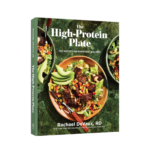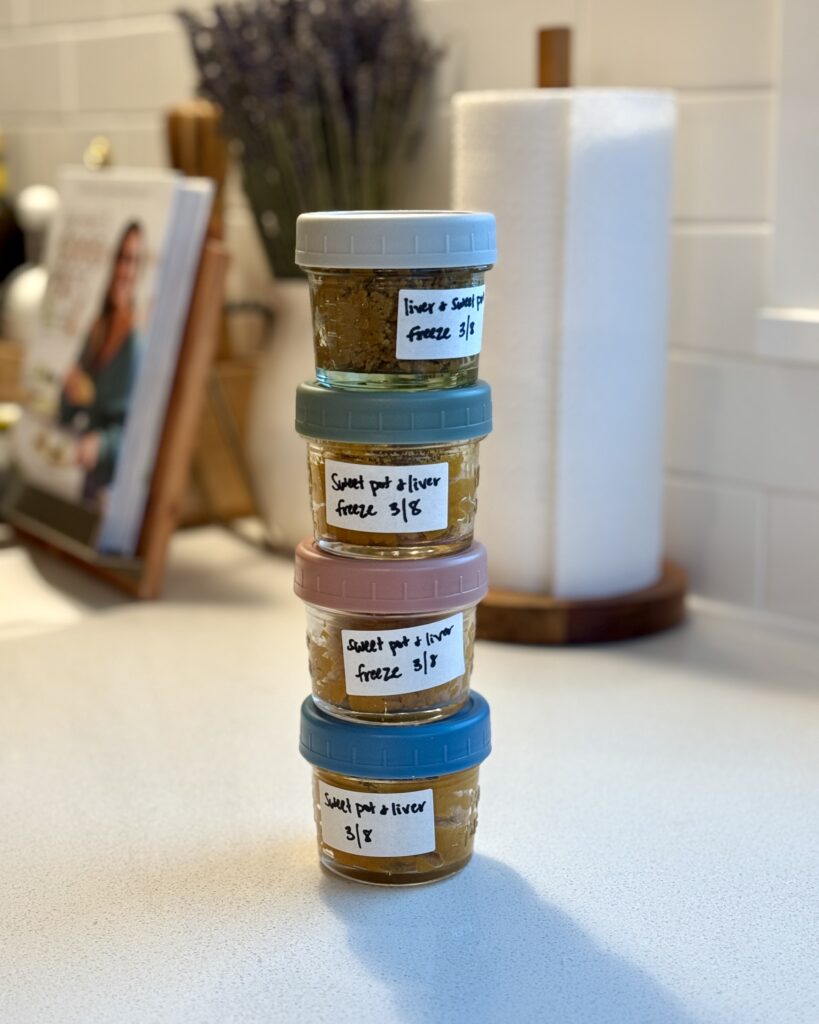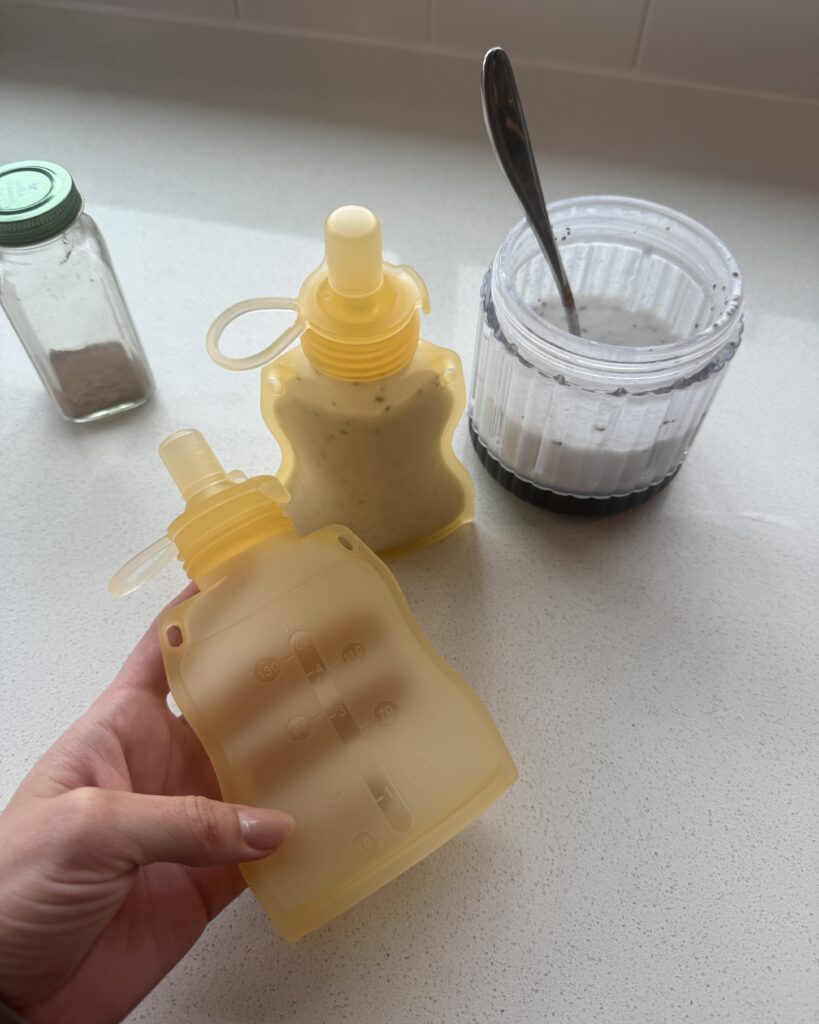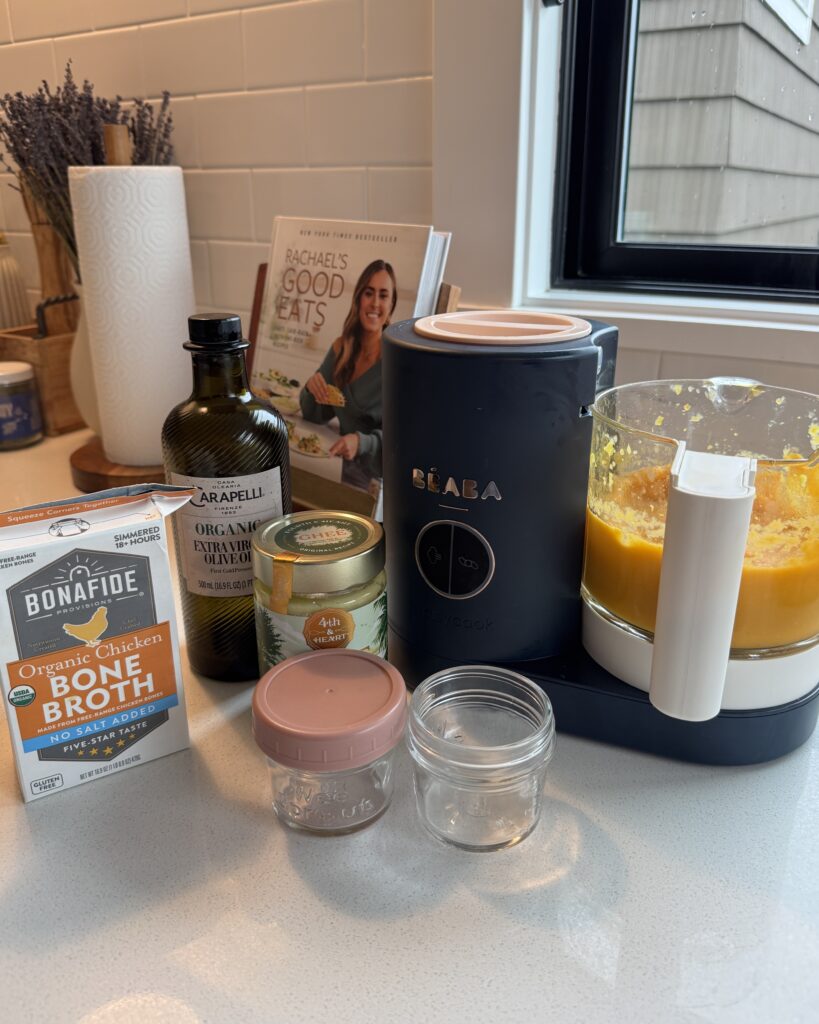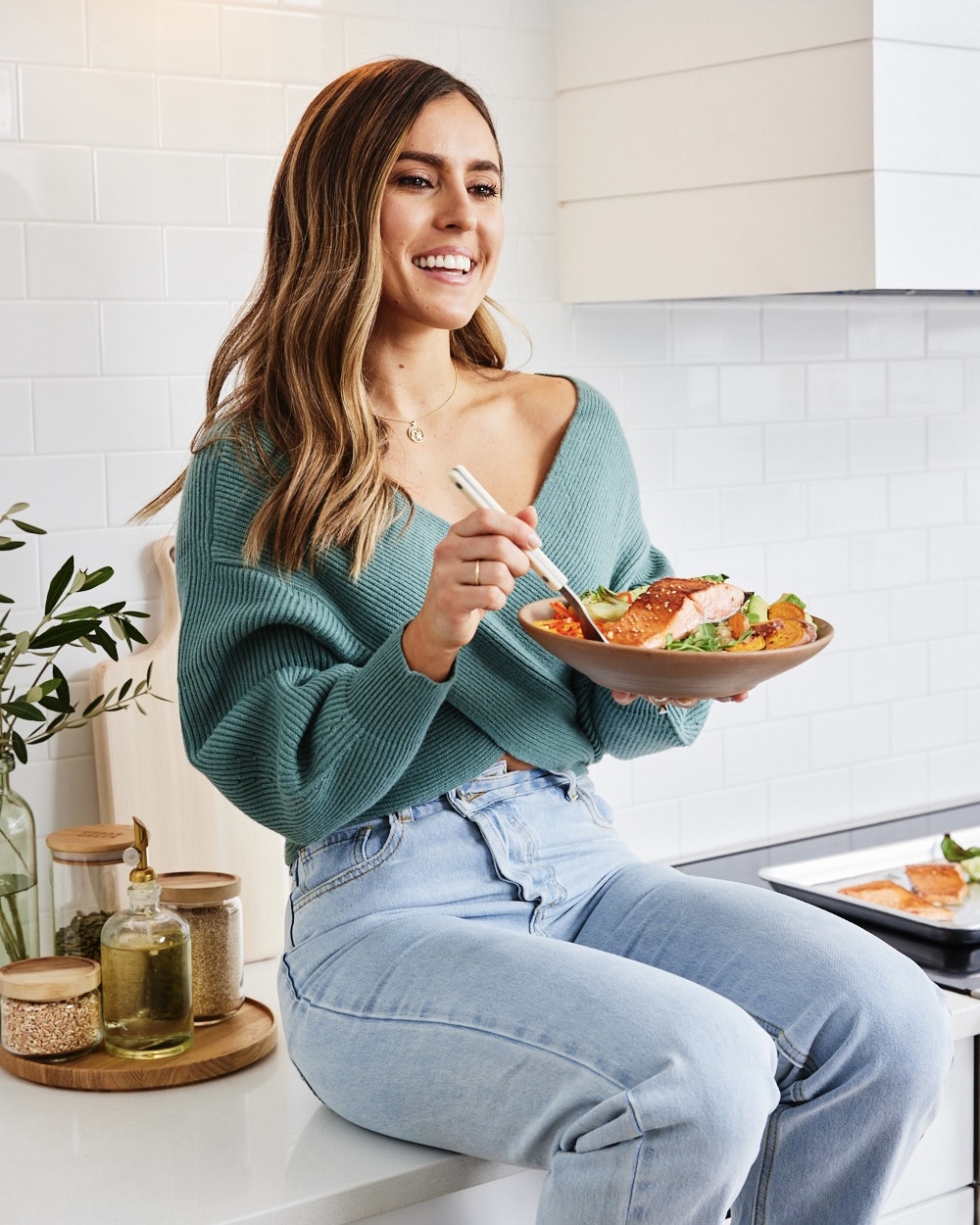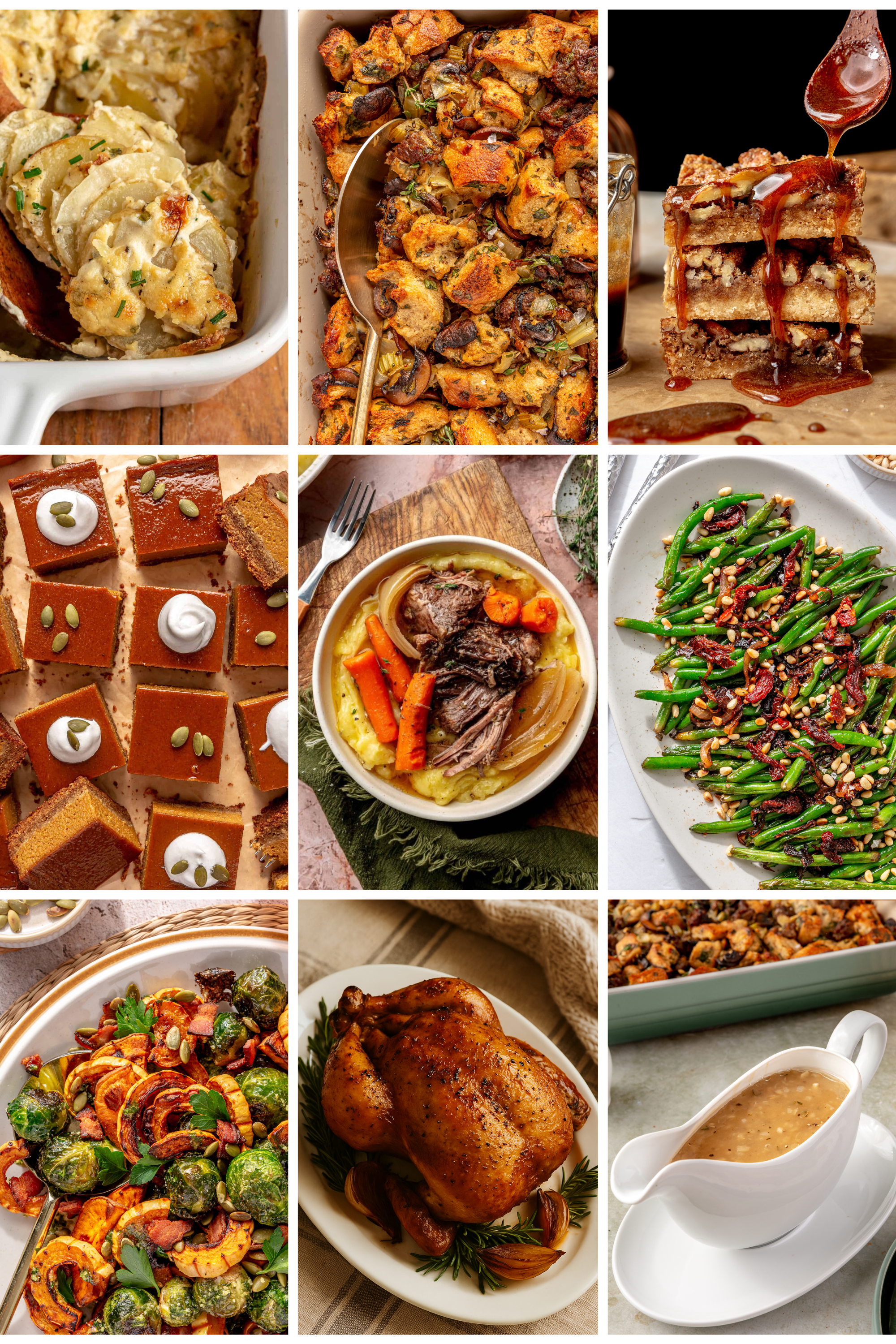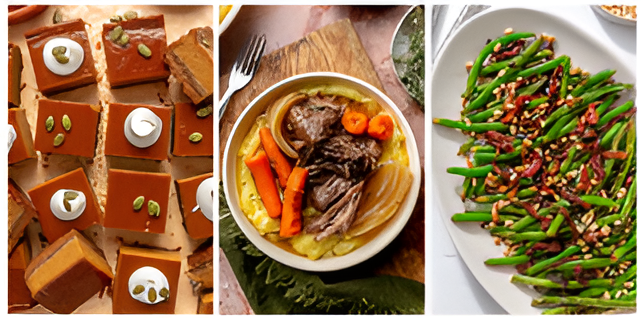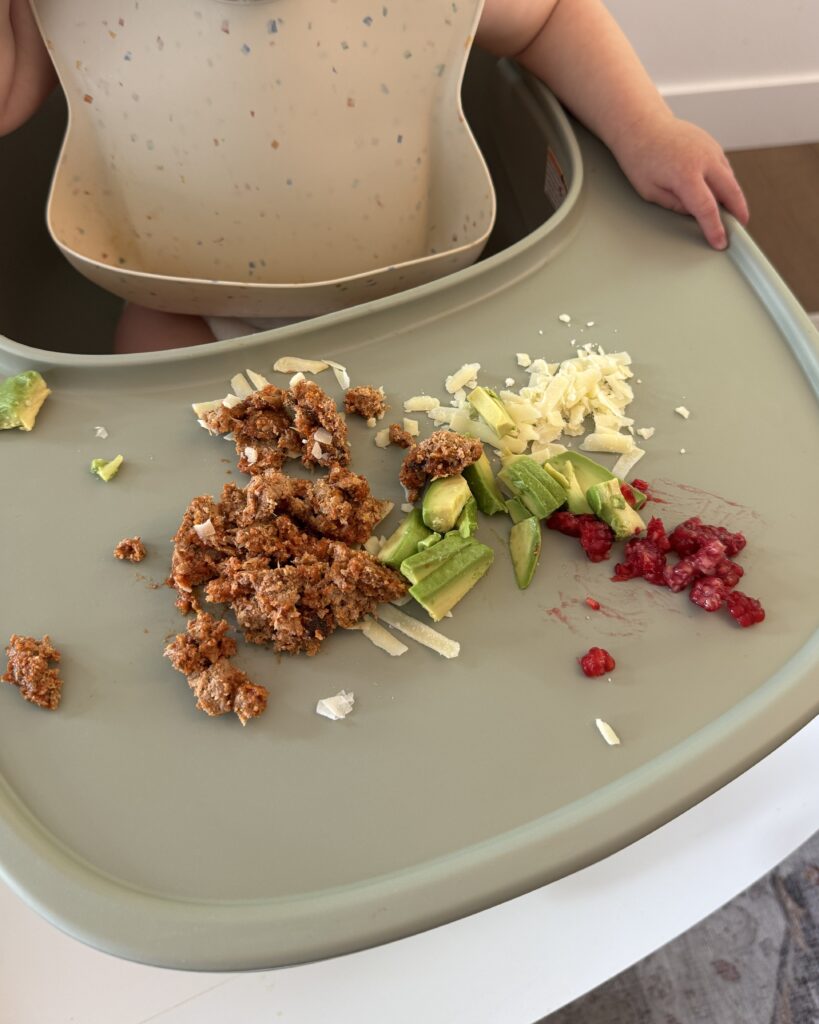
Watching Hayes discover food has easily become one of my favorite parts about being a mom so far. As a registered dietitian, I’m sharing what to feed a 10-month-old based on what’s been working for us. He’s been such a little foodie lately—loving mealtimes and thankfully, has been eating so much. While I don’t know if I have all the tips to prevent picky eating just yet, I do believe that starting him off with a foundation of wholesome, real foods has made a big difference.
Since beginning solids at six months, I’ve focused on keeping things simple, nutrient-dense, never any added sweeteners, and I didn’t start out with fortified rice cereal, which is still what most parents are recommended. Here’s exactly how I’m building his meals at 10 months old, and some ideas you can take away if you’re feeding a little one too.
Why the First 1,000 Days Matter
The first 1,000 days of life — from conception through a child’s second birthday — are one of the most critical windows for growth and development. During this time, a baby’s brain is developing faster than at any other point in life, their organs are maturing, and their lifelong relationship with food is starting to form. Research shows that nutrition during this window has long-lasting effects on everything from metabolic health and immune function to cognitive development and food preferences later on (PMC, 2022; Thousand Days; Danone Research).
That’s why I’ve been so intentional about how I feed Hayes — focusing on real, nutrient-dense foods, offering variety, and making mealtimes enjoyable. While things don’t have to be perfect (and believe me, they’re not), setting a strong foundation during this early season can help shape healthy habits for years to come. I feel so proud I can feed him these healthy options and know they’re going to benefit his little body long term!
What to Feed a 10-Month-Old: My Approach
1. Focus on Whole Foods
I keep it simple by steaming or roasting big batches of veggies for the week, sometimes freezing portions for even longer. It’s a lifesaver for quick, healthy meals.
When timing works, Hayes eats meals right alongside us at the table, which has been so fun—and a great way for him to see and experience what real food looks like.
2. Prioritize Healthy Fats and Proteins
At this stage, healthy fats and proteins are essential for brain development, a healthy nervous system, hormone production, steady metabolism, and strong, consistent physical growth. Babies’ bodies are working overtime to build muscle tissue, strengthen their immune systems, and lay the foundation for brain and vision health—and high-quality proteins and fats are absolutely key to all of it! Proteins provide the amino acids necessary for cell repair and muscle development, while healthy fats are critical for brain maturation, vision development, and the absorption of fat-soluble vitamins like A, D, E, and K. They’re both so so important, I include them in all his meals. I build his plate just like I build ours: with an emphasis on protein, healthy fats, and fiber. Some ideas are below:
- Healthy fats: avocado slices (he eats this for most meals), a drizzle of organic extra virgin olive oil, cooking veggies or eggs in grass-fed ghee
- Proteins: pasture-raised scrambled eggs with a spoonful of peanut butter, grass-fed ground beef meatballs, Wild Planet’s no-salt-added sardines (I remove the bones!), and wild-caught tuna (Wild Planet’s line-caught is a great option), grass-fed sharp cheddar cheese (he loves the thick cut).

One favorite product that makes meals super easy and convenient, especially on-the-go: Serenity Kids pouches — I love that they pack 5g of protein and 5g of fat per pouch, versus a many other pouch options on the market that are more on the sugary side without anything substantial to help balance blood sugar. I know these will support his growth and I always feel so good about feeding him them whether we’re at home during normal meal times or out and about traveling or on-the-go.
I’m also careful to choose high-quality fats like extra virgin olive oil (EVOO) because they support brain health, digestion, and nutrient absorption. When buying EVOO, look for “cold-pressed” and “single-origin” on the label for the best quality. A dark-tinted bottle is a good indicator of a high-quality extra virgin olive oil because it helps protect the oil from light exposure, which can cause oxidation and degrade the oil’s nutrients and flavor. I have really been liking Thrive Market’s organic extra virgin olive oil! If you haven’t shopped Thrive Market yet, click here for 40% off your first order.
3. Watch Sodium Intake
Before 12 months, babies’ kidneys aren’t fully developed to process a lot of salt. That’s why I stick to low- or no-added-salt versions of foods like sardines, tuna, and even broths if I’m making something like a stew or pureed soup. For reference, the recommended sodium limit for babies under 12 months is less than 1 gram of salt per day (which equals about 400 mg of sodium).
4. Add Antioxidant-Rich Fruits
For fruits, I usually offer organic berries (rich in antioxidants) or oranges—Hayes is obsessed with oranges, which is funny because they were my one serious pregnancy craving during my third trimester.
Again, I really try not to overload his diet or lead with fruit or more sugary carbohydrate foods. These foods, to me, are great to add on top of a protein and healthy fat-rich diet. It’s very similar how I put together my own plate or what I recommend to any clients.
I always chop his fruit into small pieces and make sure it’s soft and easy to eat.
I aim to buy organic as much as possible, especially for produce. If I can’t find organic options that look good or are in season, I follow the Dirty Dozen list for 2025, which highlights the most pesticide-contaminated fruits and vegetables to avoid when possible.
(P.S. Here’s the 2025 Dirty Dozen List in order of what contains the most pesticides: strawberries, spinach, kale, collard and mustard greens, grapes, peaches, pears, nectarines, apples, bell peppers and hot peppers, cherries, blueberries, green beans.)
5. Build Balanced Plates (Even for Snacks!)
Even for his snacks, I try to sneak in a source of fats or protein—not just carbs alone. Including fats and protein helps keep blood sugar levels stable and provides longer-lasting energy, which is so important for growing babies who are constantly on the move and developing rapidly.
For example:
- Half of a Serenity Kids meat pouch plus some fruit
- Roasted sweet potato plus a few pieces of avocado
- Roasted butternut squash pureed with bone broth and ghee
- Grass-fed beef or organic turkey meatballs plus shredded sharp cheddar cheese
- Unflavored plain Greek yogurt with peanut butter with roasted zucchini (I peel them, dice, spray with ghee or avocado oil, any seasonings, then I roast in the oven at 400 degrees for about 12 minutes.)
- Coconut chia pudding (canned full fat coconut milk, unsweetened), blended until smooth, then mixed with 2 tablespoons chia seeds. Throw them in silicone pouches, then in the fridge to thicken)
- Wild-caught salmon flakes plus mashed avocado with a sprinkle of hemp seeds
Pairing fats and proteins with carbs helps keep blood sugar more stable, promotes sustained energy, and avoids the crash that can happen when fruit is eaten by itself. While balancing blood sugar is important for everyone, it’s especially crucial for babies, whose blood sugar regulation systems are still developing and more sensitive to quick spikes and drops.
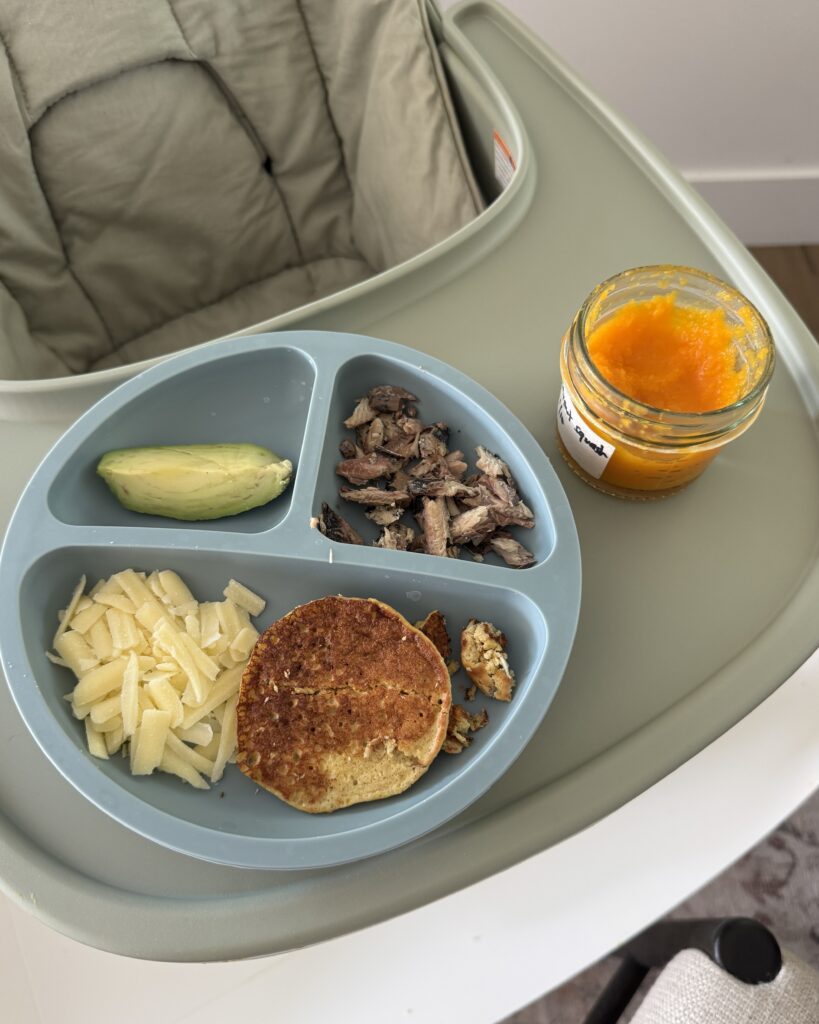
Example Meals For Your Baby
Hayes is currently eating 2-3 main meals each day, plus a snack depending on his schedule or how hungry he is. He’s still drinking the same amount of milk/bottles he has been since around 6 months, but over the past month or so, his appetite for solids has definitely ramped up. Here’s a peek at what a day of eating looks like for him right now:
- Lunch: 2 pasture-raised scrambled eggs drizzled with extra virgin olive oil, peanut butter + 1/4 of a large avocado, sliced up, 5 raspberries
- Dinner: 2 ground beef meatballs mashed with sauteed broccolini cooked in ghee (he’ll usually just eat the florets off) + handful of grass-fed sharp cheddar shredded cheese + 1 or 2 chopped organic strawberries or a piece of watermelon
- Snack: Serenity Kids beef and kale pouch + a few slices of an orange
I also sometimes drizzle a little extra virgin olive oil over his veggies for an extra dose of healthy fats—easy and so beneficial for growing babies.
Mini Food Prep
I like making a batch of steamed, pureed, or roasted veggies for Hayes every week or two and freeze extras to use when we’re busy. He is obsessed with pureed butternut squash and sweet potato and I’ll mix in a few tablespoons of ghee, a drizzle of extra virgin olive oil and some organic bone broth to smooth it out a bit more. The flavor is actually insane, I could drink it myself lol. I use our baby food maker and I would definitely recommend it. It steams and blends all in one.
For storage, I like these glass jars, dissolvable labels, and then these silicone pouches for him to just drink out of. They work great!
Another nutrient-dense food I’ve been including lately is grass-fed liver. Liver is incredibly rich in iron, vitamin A, choline, and B vitamins — all essential for a baby’s brain development, immune health, and energy production. I keep it simple: I cook the liver in a pan without any seasonings, then steam a sweet potato in the baby food maker. Once both are cooked, I add pieces of the liver into the sweet potato and pulse everything together until it’s smooth. Hayes absolutely devours it — clearly taking his role as the family’s little foodie very seriously. I save a jar for the fridge and then freeze the rest to pull out every other week.
If you’re looking for something extremely easy and quick to make your little one that’s rich in healthy fats and fiber, my go-to lately is coconut chia pudding. I’ll blend a can of full-fat unsweetened coconut milk until it’s smooth, then stir in 2 tablespoons of chia seeds. Add to 2 silicone pouches (and eat the remaining few spoonfuls yourself). Hayesie goes nuts for this, too.
Extra Tips for Feeding a 10-Month-Old
- I serve everything in manageable, soft pieces that Hayes can manage easily with his five teeth.
- This doesn’t always happen but I try to eat with him at the same time when possible (modeling is huge!).
- I rotate different foods so he gets exposed to a variety of flavors, colors, and textures.
- I’m not stressing about him finishing everything—just giving lots of opportunities to explore and enjoy food. I also make sure not to rush meal time.
Thinking of starting solids?
Thinking of starting solids or looking for more ideas on what to feed a 10-month-old?
Browse my Babies – Food & Eating folder on my Amazon Storefront, read Introducing Solids to My Baby, or check out my cookbook, Rachael’s Good Eats for more recipe inspiration the whole family will love!
Sources:
